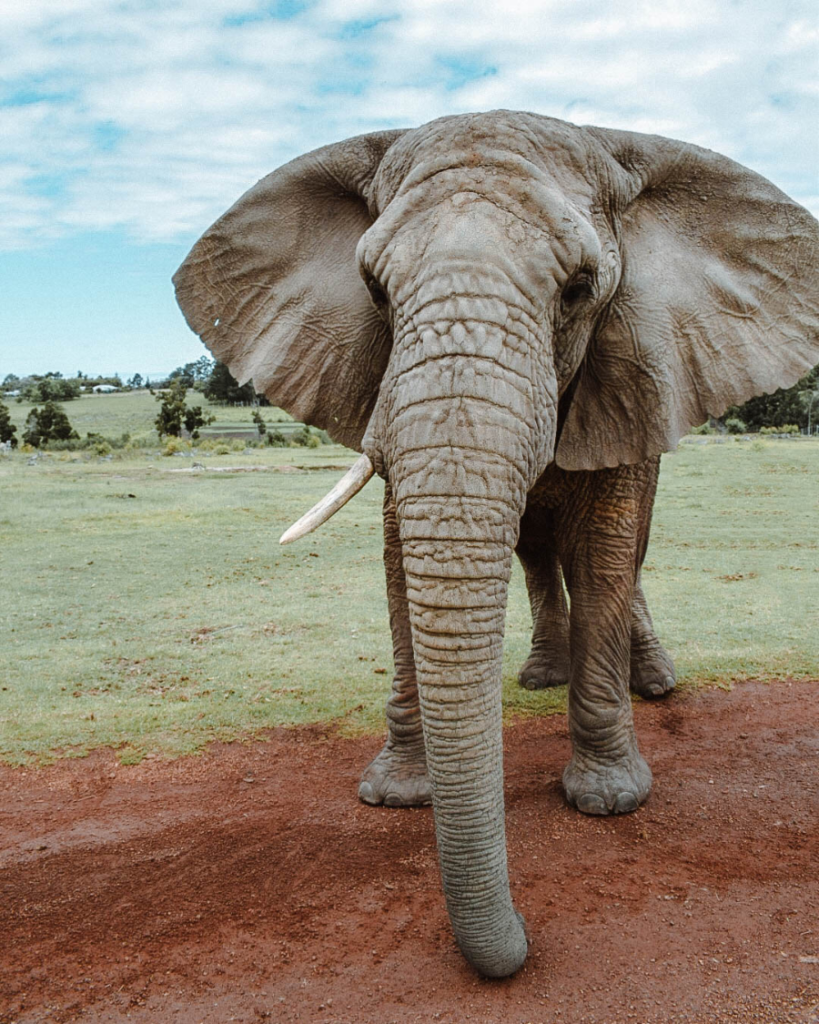
Check approved lists
The easiest way to find an ethical place to see elephants is to check the lists endorsed by approved organisations such as the Global Federation of Animal Sanctuaries, World Animal Protection or People for the Ethical Treatment of Animals (PETA). I’d recommend global organisations that are less likely to be influenced by local economic and political factors.
What is the goal of the sanctuary?
In a nutshell, the elephants should come first. The sanctuary should exist for the primary purpose of keeping the animals safe and happy. Other goals can be to educate the public, as this is also for the benefit of the animals.
Are the animals put to work?
In a true sanctuary, the animals should be allowed to behave as naturally as possible. Activities that put the elephants under undue stress such as carrying humans or performing tricks should be avoided.
Can you touch the elephants?
True sanctuaries will only let you watch the elephants from a distance. If touching is allowed, it’s generally a sign that the animals have gone through cruel training to break their natural instincts.
What about bathing elephants?
Elephants do not need to be ‘washed’ by humans. This practice, even if described as a “spa day” for the elephant, is just another form of disguised cruelty. Such close elephant-to-human contact is only made possible by subjecting the elephants to barbaric training from a young age.
Baby elephants
Baby elephants should be with their mum. If you’re allowed to pet elephant calves it means they’ve been cruelly separated from their mother. Note that not all “orphan” elephants are actually orphans – often they’ve just been stolen from their mothers to be exploited for extra cash.
Do they breed from the elephants?
Do not pick somewhere that breeds from the elephants. A genuine sanctuary is designed to provide a safe retirement for rescued animals who cannot be released into the wild. It is not ethical for more elephants to be born into captivity, to parents who have forgotten (or never learned) how to behave in the wild.
(Note that this is completely separate from approved organisations who breed animals in a controlled manner to prevent species extinction. Such places will have a well-designed plan for releasing the young animals into the wild when they’re ready. Animals that are bred to be released into the wild will NOT be encouraged to interact with humans).
Is the focus on the elephants or on the people?
Check out the sanctuary’s website before you go. Does it focus on pictures of the elephants and their habitat? Or are all the pictures of people? If the latter, they probably care more about entertaining people than the well-being of the elephants.
Pick wildlife experiences over wildlife entertainment
Watching elephants from a distance as they socialise with other elephants, and forage through their natural environment is a wildlife experience. Any venue that offers unnatural activities such as circus tricks, humans riding elephants, humans bathing elephants or elephants painting pictures should be avoided at all costs. Elephants do not naturally behave in this way, and have to go through cruel training to make this possible. This also does nothing to teach people about the elephants’ natural behaviour, meaning it is of no benefit to conservation.
If in doubt…
If in doubt, just don’t go. And if you really want to see these gentle giants, find a way to see them in the wild.
Read more: Is It Ever Ok to Visit Elephant Sanctuaries?



[…] The below article is a think piece. Read the short version here: How to find an elephant-friendly sanctuary to visit […]